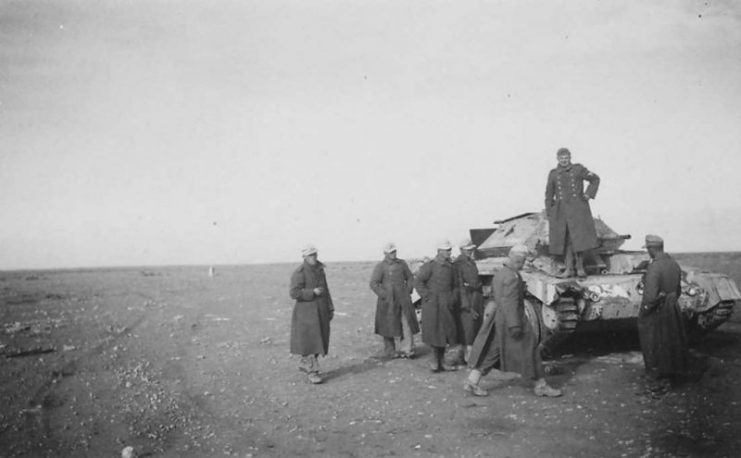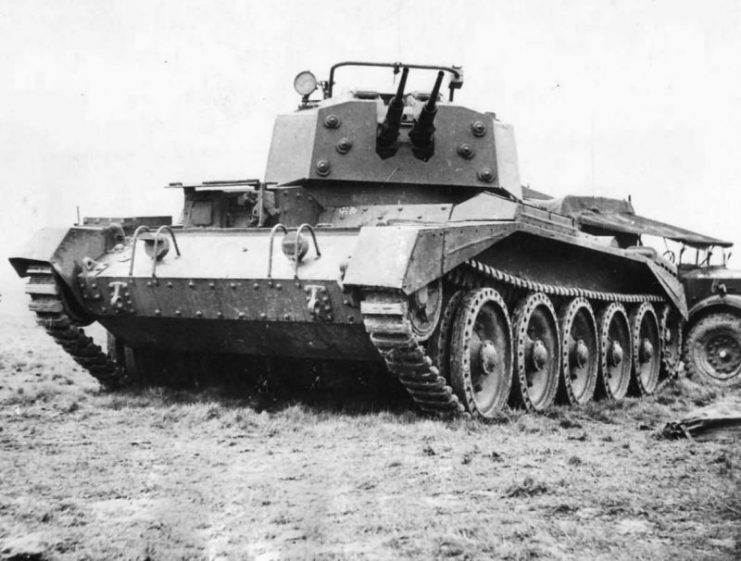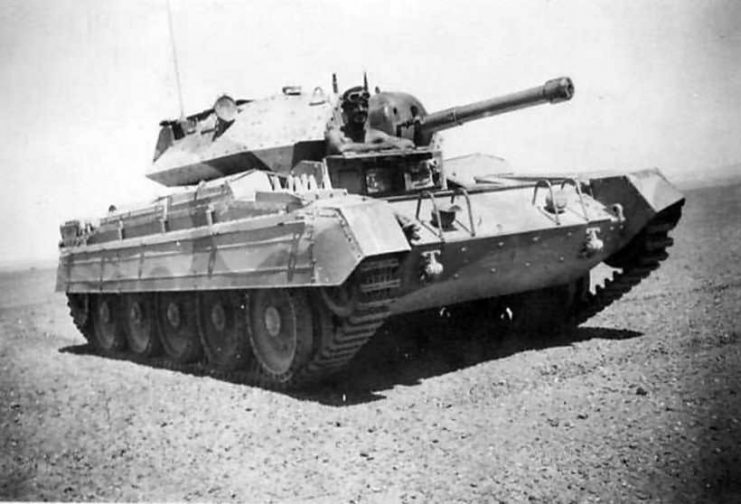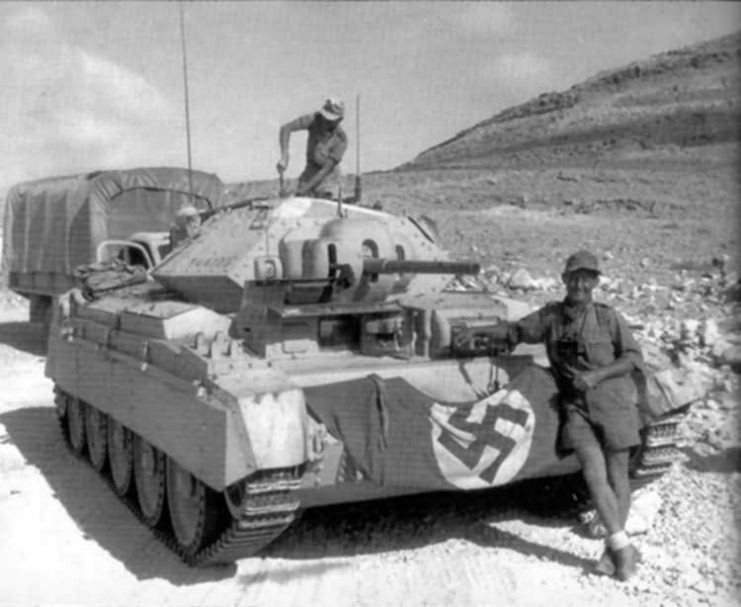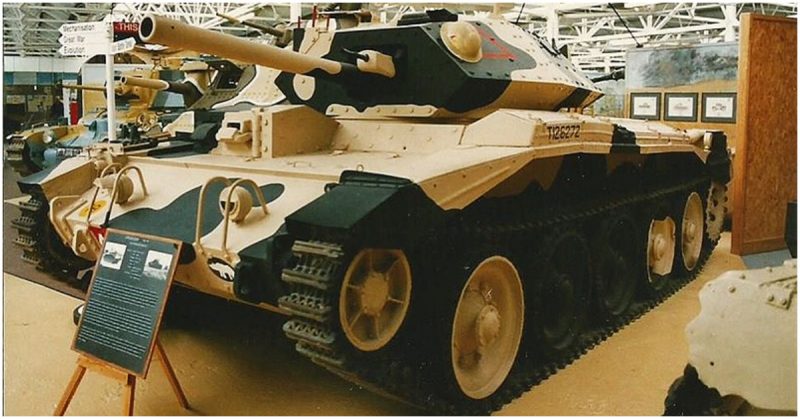The Crusader tank, also known as Mk VI or A15 Crusader was among one of the primary tanks used by the British army during World War II. During the North African Campaigns fought in the deserts of Libya and Egypt, in Tunisia, and Morocco, the Crusader tanks were instrumental in the victories of the British army.
The introduction of the Crusader tank marked the beginning of a new turn in armored warfare for the British, having finally produced a lighter and swifter cruiser tank on a tight budget.
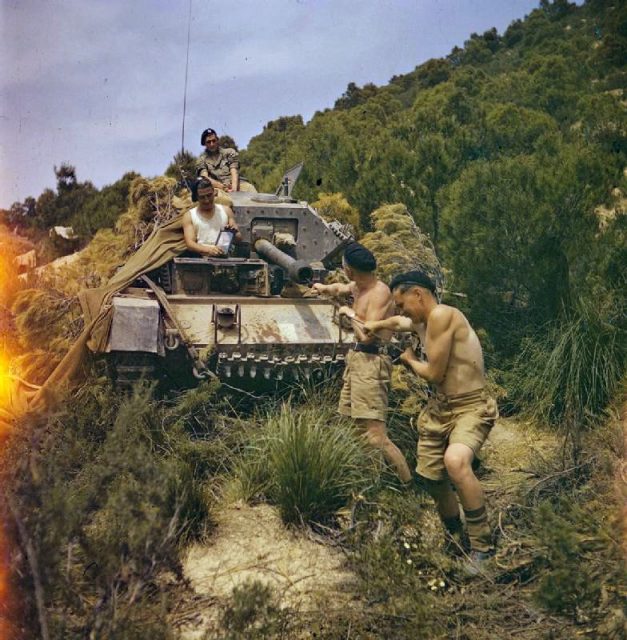
The first variant of the Crusader was designed in late 1939 by Lord Nuffield and manufactured in 1940 by Nuffield Mechanization Ltd. The Crusader’s design had come shortly after the design of the Covenanter tank and was seen as an improved version of the Covenanter.
Unlike the Covenanter and other earlier cruisers, the Crusader was built with five road wheels on each side to improve weight distribution, having weighed up to 20 long tons.
Also, the Crusader made use of the already available Liberty engine and a conventional coolant mechanism with radiators in its engine compartment. Although having different engines and steering systems, the Crusader adopted the same turret design with the Covenanter.
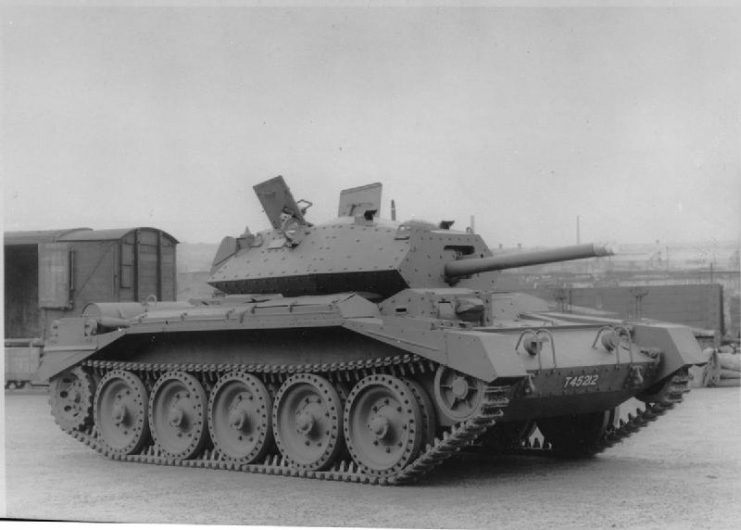
The earliest Crusader had a semi-internal cast gun mantlet, a polygonal turret which conserved space on the limited diameter of the turret ring. A flat hatch with an attached periscope was used instead of a cupola, and its main armament was balanced so as to enable accurate shooting while on the move.
During the campaign at Libyan deserts in 1939, these features proved substantially effective. The Ordnance QF 2 Pounder main gun of the Crusader outmatched the 37 mm guns of enemy tanks.
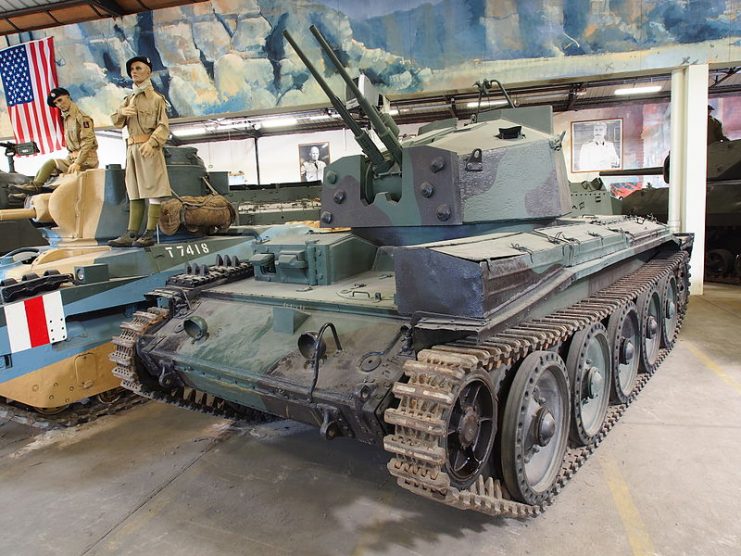
The Crusader was first used by the 6th Royal Tank Regiment, who combated alongside the Matilda Infantry Tanks. Their speed and screening tactics were a major problem for Italian tanks until Rommel joined the war with his Panzer III.
The advent of the Panzer III led to the improvement of the Crusader. The Crusader tanks were equipped with large side protective panels to provide better shielding against the 50mm main gun of the Panzer III. The improvements became a permanent feature of the later version of the Crusader, the Crusader Mark II.
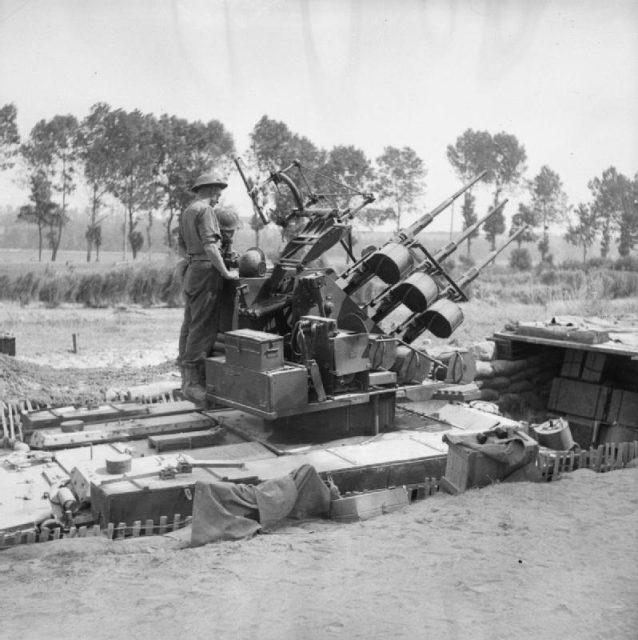
The Crusader II came with improved armor of 49 mm. But just like the first variant, the secondary turret was often removed to save weight. While its speed, light protection, and armament dealt with the Panzer Is and IIs, they still couldn’t face the Panzer IIIs and IVs.
The Crusader II also had limitations and was unreliable due to cases of engine overheating, oil leaking, and damages to the cooling system due to sand erosion.
Before the battle of El Alamein, the Crusaders I and II had been relegated to reconnaissance operations.
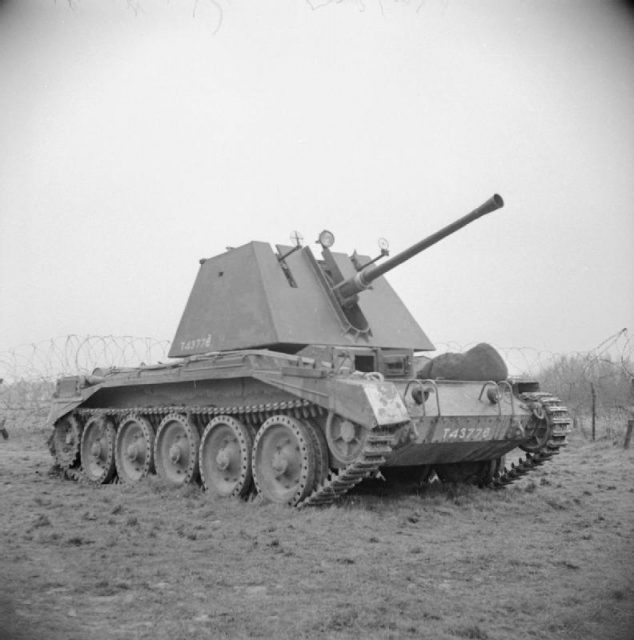
They were replaced by the more effective M3 Lee/Grant tanks and the M4 Shermans. However, due to problems with the design of the Cruiser Mark VII Cavalier, the Crusaders were brought back to the front line, they came back better and deadlier, with the designation: Crusader III.
The Crusader was upgraded with an Ordnance QF 6 pounder gun. It became the first British tank to mount the 57 mm gun. The larger gun resulted in space reduction which consequently reduced the crew size, with the captain also serving as a loader.
The Crusader III featured the Liberty Engine Mk IV which solved the reliability challenges of previous Crusaders. And after production from May to July 1942, 100 Crusader IIIs were deployed for their first action, in the second battle of El Alamein.
More Photos –
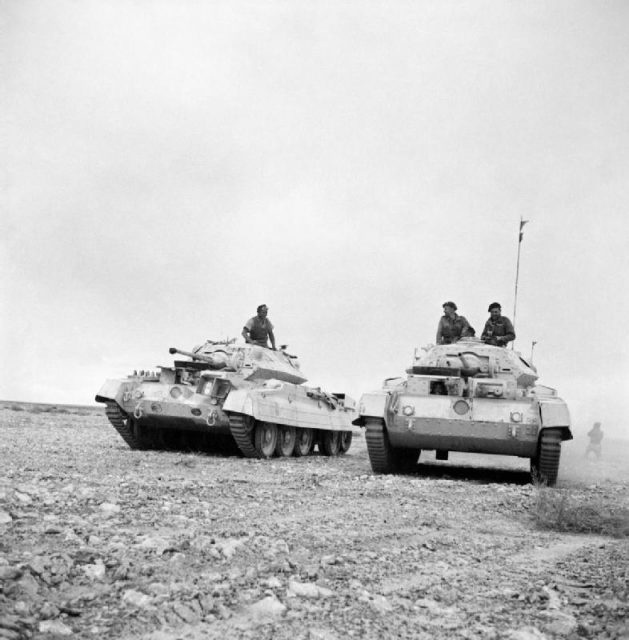
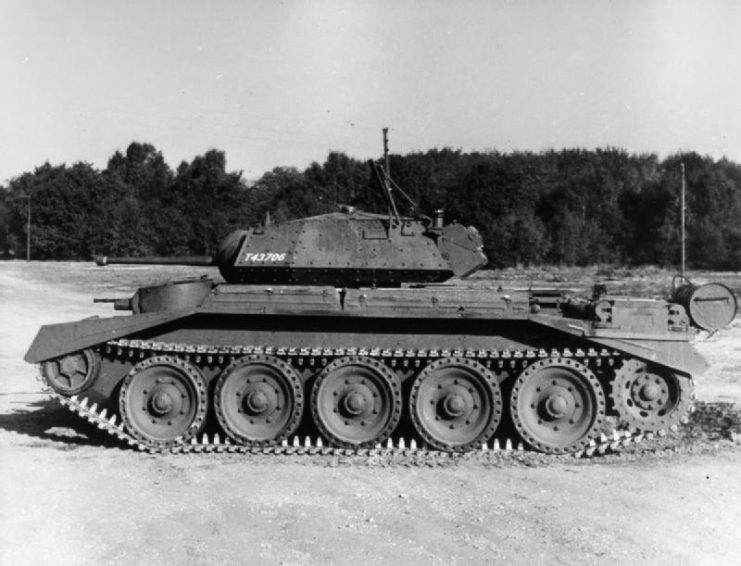
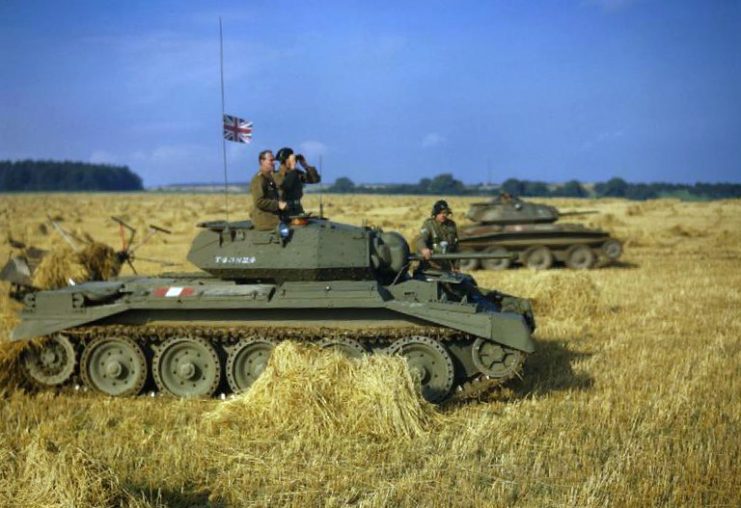
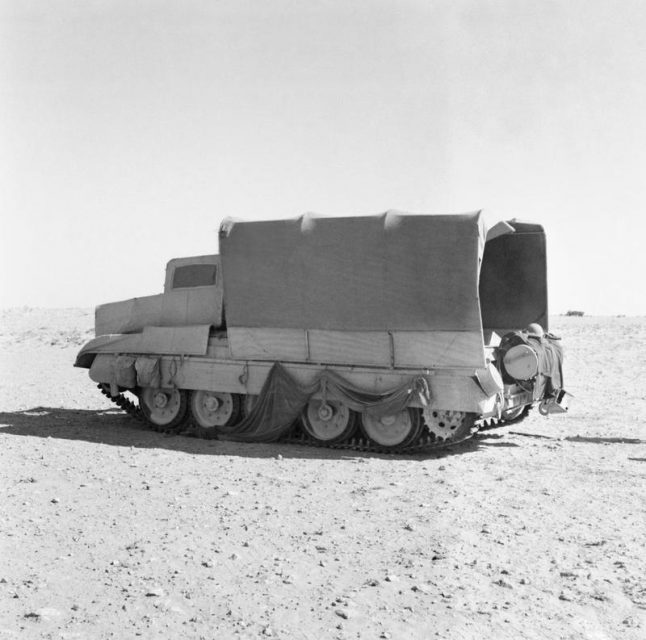
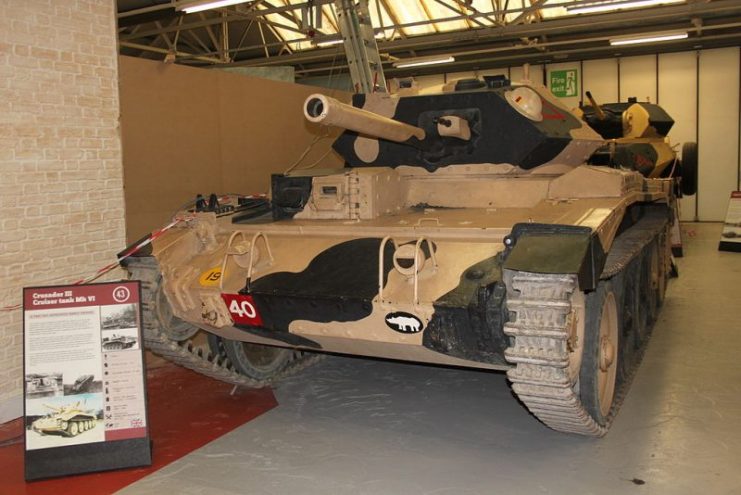
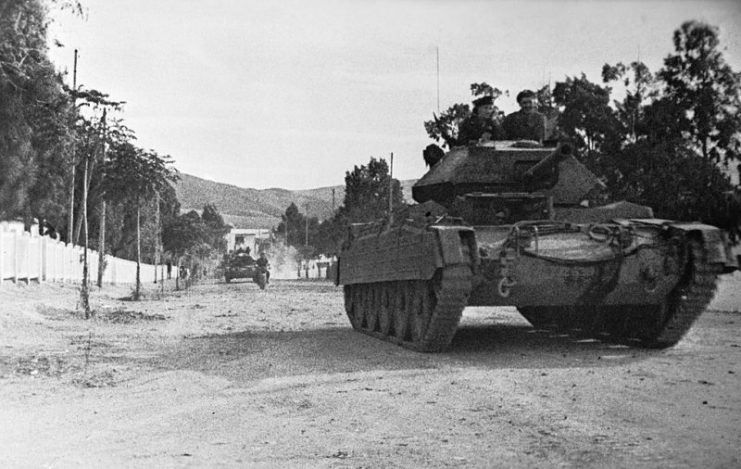
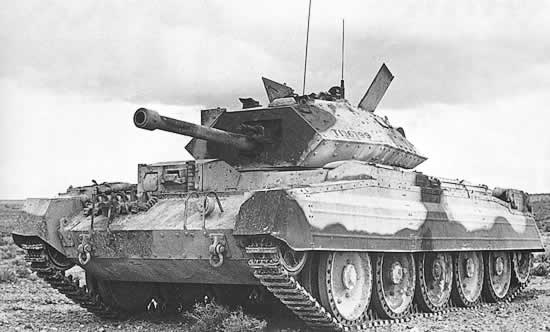
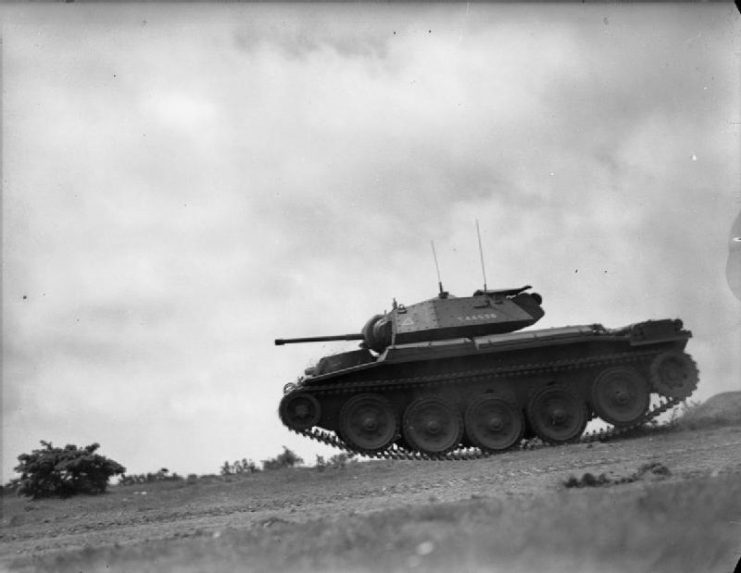
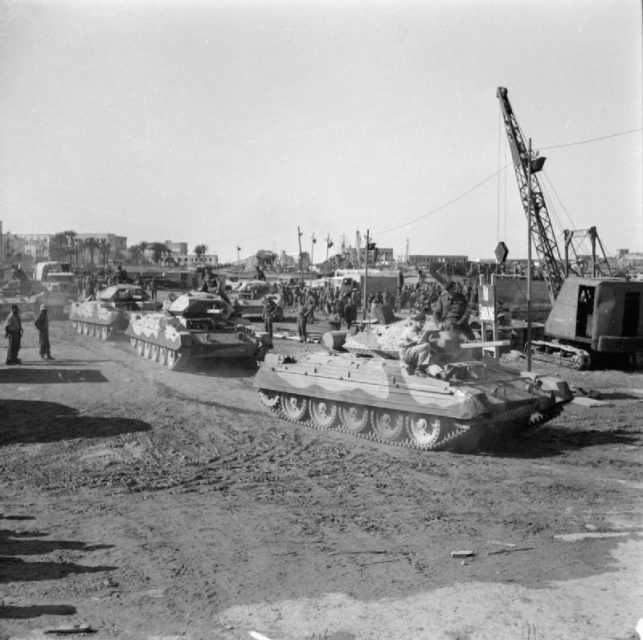
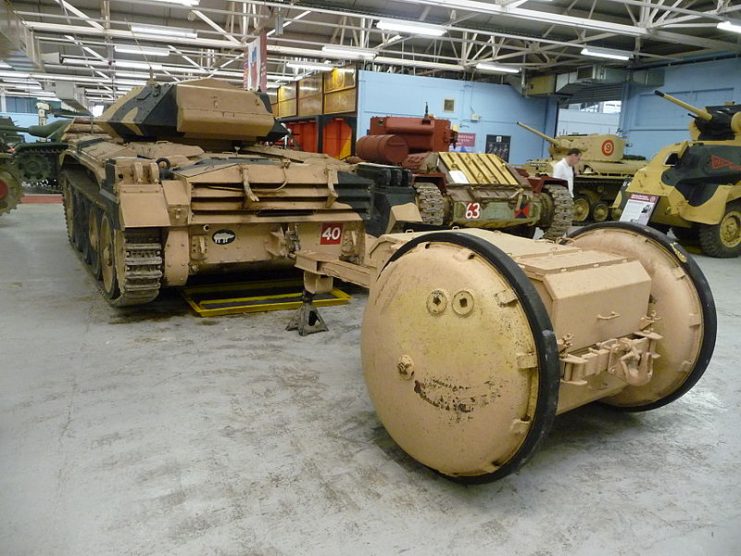
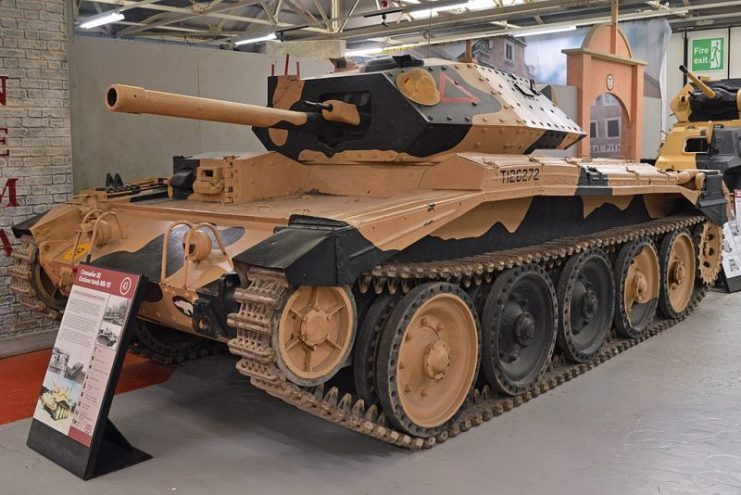
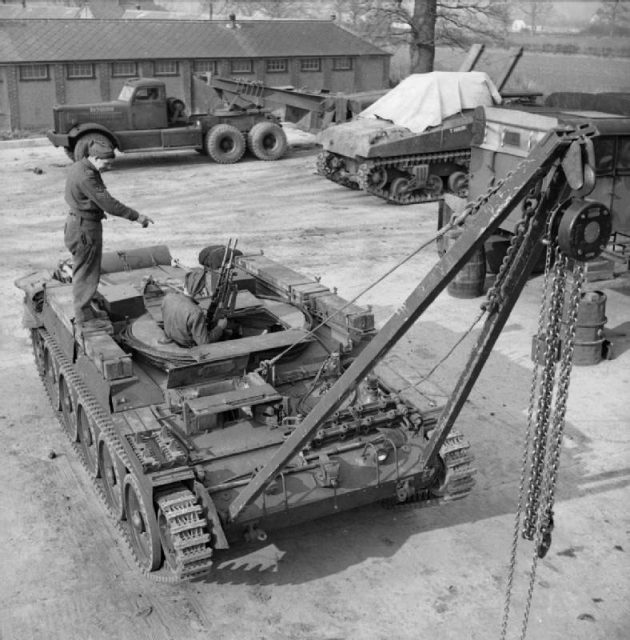
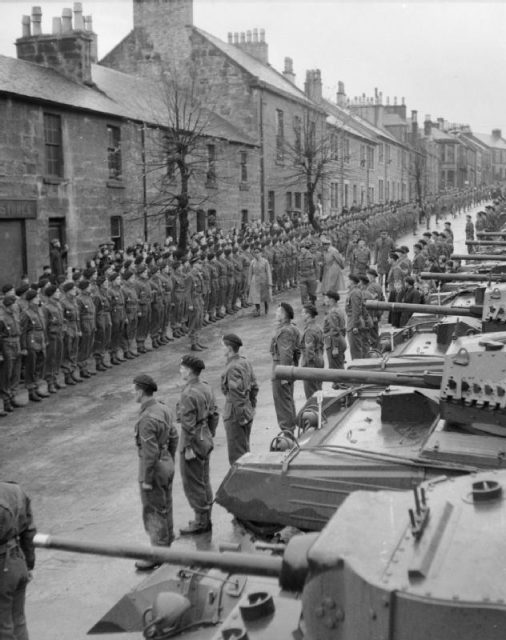
Read another story from us: The Bob Semple Tank: One Of The Most Ridiculous Tank Designs Ever
